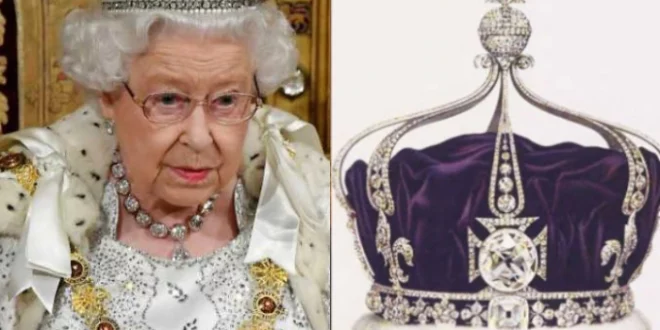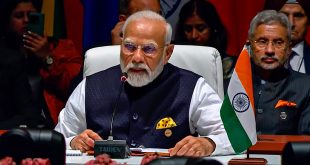New Delhi. A parliamentary committee has told the government that no provision of the UNESCO t() UNESCO reaty of 1970 prevents the country from entering into a special agreement to bring back or bring back the Kohinoor diamond that was taken to India by the British after 1849. The committee said that India can enter into special agreements with the countries that are parties to the treaty, so that a mechanism can be developed for the return of antiquities taken or stolen from India before the treaty.
The parliamentary committee said this after the Ministry of Culture told it that the Kohinoor diamond was taken to Britain in the year 1970 before the UNESCO treaty came into force. In such a situation, there is no basis in international law to bring it back. The only way out is to explore the possibilities of negotiation or agreement with the country concerned.
This was stated in the report of the Parliamentary Committee on the topic ‘Theft of heritage items – Illegal trade of Indian antiquities and challenges in the revival and protection of our tangible cultural heritage’ presented in both houses of Parliament on Monday. The report states that after the fall of the Mughals, the Kohinoor diamond remained in the hands of various individuals and was later acquired by Maharaja Ranjit Singh of Punjab.
It states that after the death of Maharaja Ranjit Singh, anarchy spread and the throne eventually passed into the hands of minor Maharaja Duleep Singh and in 1849 the British occupied Punjab. Reportedly, when Maharaja Duleep Singh was 10 years old, he signed the Treaty of Lahore and handed over his wealth including the Kohinoor diamond to Queen Victoria. Since then the Kohinoor diamond is with the British
 Indian Thought Latest News & Views
Indian Thought Latest News & Views



